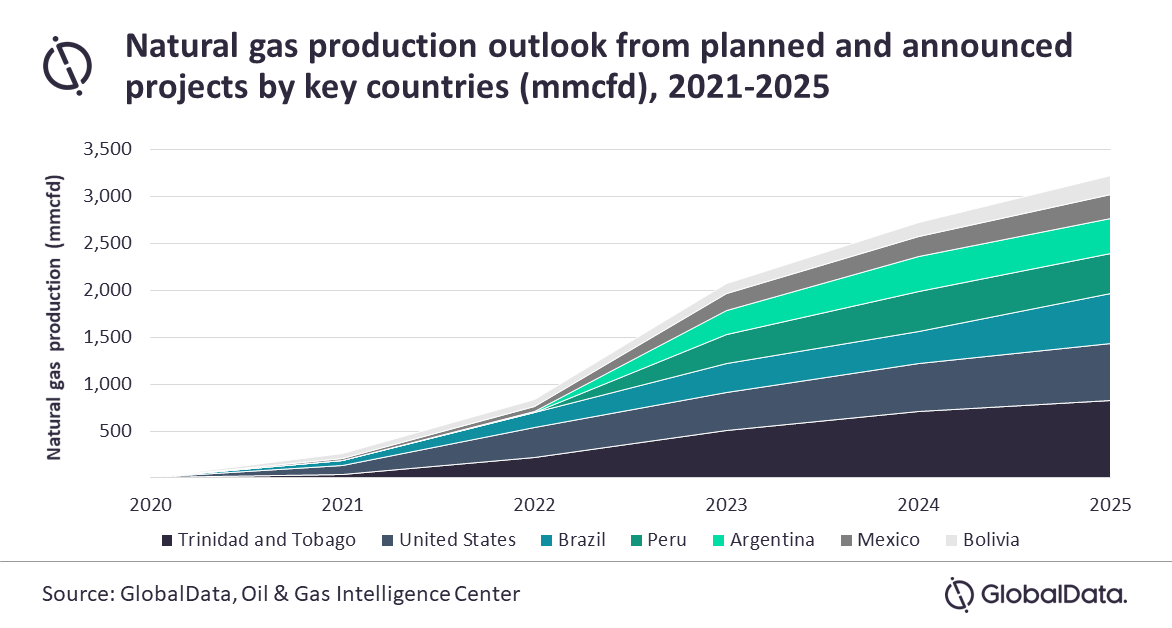ECLAC, ILO warn of Caribbean’s capacity to generate quality jobs

The Economic Commission for Latin America and the Caribbean (ECLAC) and the International Labor Organization (ILO) say despite the recovery seen in labour markets in the first half of 2022, it is expected that in the second half, the deceleration of growth will slow the region’s capacity to generate quality jobs.
In their new joint publication, “Employment Situation in Latin America and the Caribbean,” the UN agencies indicate that Latin America and the Caribbean’s economies face “a very complex macroeconomic, social and environmental context, which will affect labour market dynamics.”
The report says the coronavirus pandemic prompted “an unprecedented crisis in Latin America and the Caribbean’s economies and labour markets.”
In previous reports, ECLAC and the ILO emphasised that the recovery experienced by the region’s labour markets since the economies reopened had been “slow, partial and uneven.”
However, the new report says, in the first half of 2022, favourable changes were observed in those markets’ main indicators.
First, in the second quarter of 2022, the report says the employment rate reached the level seen before the crisis.
It says the unemployment rate declined by 2.8 percentage points versus the same period in 2021, reaching 7.3 percent, a figure below pre-pandemic levels.
“This reduction in the unemployment rate was observed in all the countries studied,” the report says. “Similarly, there were improvements in the labour participation rate, although it is still below the level recorded before the health crisis.”
Another aspect highlighted in the first part of the report is that these positive trends are stronger among women, “who were especially affected during the pandemic and whose recovery was slower than that of men in 2021.”
“Indeed, although in the first half of 2022, the unemployment rate fell for both men and women (by 2.3 and 3.4 percentage points, respectively), the decline was much sharper in the case of women, resulting in a narrowing of the unemployment gap, which went from a ratio of 1.5 to 1.4 between the first half of 2021 and the same period of 2022,” the report says.
It also notes that, since the first half of 2022, wage employment has increased more than own-account work, and the manufacturing sector has shown the highest rates of job creation.
The document also indicates that average real wages have fallen due to the significant increase in inflation in the first half of this year.






0 Comment